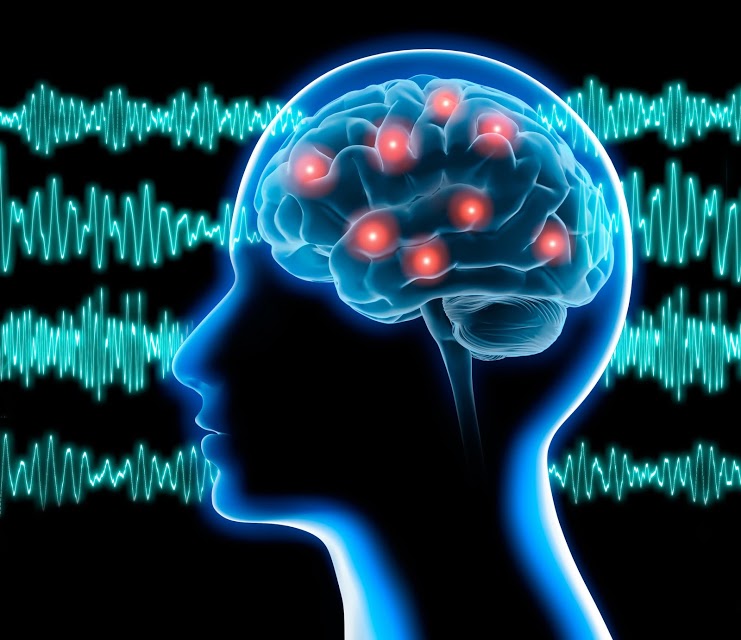Wearable Devices May Aid Diagnosis, But Need Improvement
Written by |

Emotional Recognition and Apathy Linked in Huntington's Disease
Wearable devices show considerable promise in helping diagnose people with Huntington’s disease, but the studies evaluating them need to be standardized to maximize their potential benefit to patients, a review found.
That review determined that these devices can distinguish people with and without Huntington’s, and between symptomatic and pre-symptomatic cases. However, a lack of standardization in how evaluations of the devices are performed is limiting their usefulness.
These findings were described in a recent study, titled “The use of wearable/portable digital sensors in Huntington’s disease: A systematic review,” published in the journal Parkinsonism & Related Disorders.
Advances in portable sensors and wearable devices have facilitated the early diagnosis and monitoring of patients with chronic neurological diseases. However, their applicability and usefulness in routine clinical practice and research still need to be proven, as these devices are still relatively young technologies.
Now, a team of researchers from the UCL Huntington’s Disease Centre, in London, sought evidence that would allow them to comment on possible future directions for these wearable devices, particularly in the context of Huntington’s. To that end, they methodically reviewed published studies on these technologies.
The researchers identified a total of 30 studies focusing on portable devices that were tested in people with Huntington’s. Six of these studies focused particularly on individuals with pre-symptomatic Huntington’s, meaning those patients who were still not showing any of the typical symptoms of the disease.
Six other studies also included individuals with other neurological disorders, such as Parkinson’s disease, and all but four compared patient data to healthy controls.
Studies took place in a clinical setting in 17 cases and at patients’ homes in eight cases. The remaining four occurred in both clinical and at-home settings. Participants were monitored for variable periods of time, ranging from a few minutes (in the clinic) to eight weeks at home, with follow-up times ranging from eight weeks to two years.
Accelerometers, which can be used to measure certain movements such as gait, were the most frequently used devices. Many of them use Bluetooth and cloud-based technologies to send and store data, and have become lighter, smaller, more flexible, and more comfortable to wear over time.
Technological advances also have enabled these devices to go beyond capturing simple gait movements and start collecting three-dimensional data to assess other parameters, such as trunk stability during various activities.
Devices have grown to capture both voluntary and involuntary movements, as well as various measurements related to sleep cycles and activity. Some incorporate both passive monitoring and active tests, and several link their recordings to other tools, such as cognitive tests, and questionnaires about mood, quality of life, and general well-being.
The review found, however, that despite their increased use, the contribution these wearable devices have provided to expand knowledge on Huntington’s — and to help define its characteristics, which would aid in determining possible therapies — remains limited.
While gait measurements made by these devices agree well with gold standard measurements, those assessing sleep qualities do not.
Possibly the greatest contribution of portable sensors, the investigators determined, lies in their ability to automatically distinguish between patients with Huntington’s and controls. This distinction is most often made by analyzing various gait characteristics, including velocity, stride length, and postural sway.
These measurements also have proven to be able to detect early signs of the disorder by distinguishing symptomatic from pre-symptomatic patients.
The power of devices to discriminate between these groups appears to be stronger in the home setting, where differences in individuals’ motor impairment, and their degree of dysfunction, were the greatest.
Other movement features recorded by wearable devices have been studied and proposed as ways to identify and classify Huntington’s cases. But more research is needed, particularly as these kinds of “digital biomarker” technologies become more complex.
A major limitation in using wearable device data is that most studies focus on small patient populations and specific devices. Data collected by one device cannot consistently be compared with another, and many studies lack separate patient groups used for validation. In addition, study methodologies differ widely.
“There is an urgent and essential need for standardization, harmonization, openness and validation of the devices already available,” the investigators wrote, saying this is need to improve their usefulness and clinical applicability.
Future studies, they continue, should use wearables to explore under-studied aspects of Huntington’s, such as non-motor symptoms.
Increasing data availability should boost the statistical power of clinical trials — while reducing how many patients must be recruited, the researchers said. This, they conclude, “may eventually be used to guide collaborative decision making for patients and clinicians, but much work is required before such systems can be used as primary trial outcome measures or in the clinic.”





